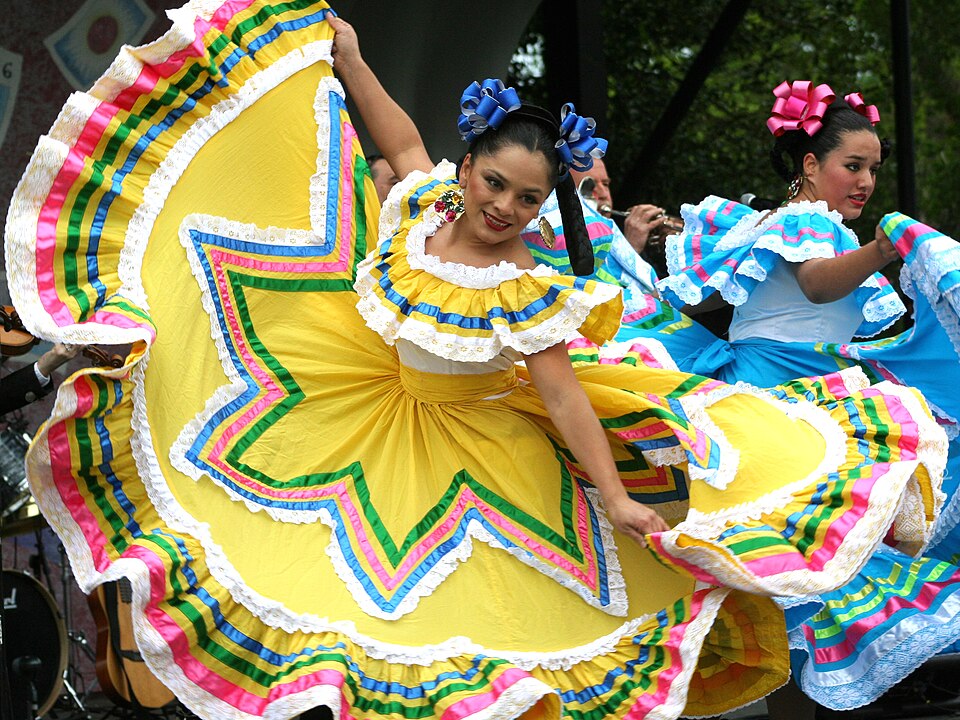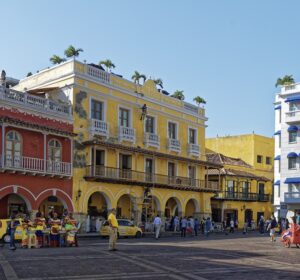Cinco de Mayo: A Celebration of Culture, History, and Identity (But Mostly in the US)
Cinco de Mayo, or the Fifth of May, is widely recognized as a day of celebration in the United States. Most Americans associate the day with lively parades, colorful decorations, mariachi music, and Mexican cuisine. However, many people are surprised to learn that this date is not Mexico’s Independence Day. That holiday falls on September 16. Instead, Cinco de Mayo commemorates la Batalla de Puebla (the Battle of Puebla), a significant military victory over French forces in 1862. Its deeper meaning is rooted in Mexican resistance and pride, but its modern expression—especially in the U.S.—has taken on new layers of cultural significance.
Historical Origins of Cinco de Mayo: la Batalla de Puebla
The origin of Cinco de Mayo lies in a tumultuous period of Mexican history. In the 1860s, Mexico was in financial crisis and had defaulted on foreign debts. In response, France, along with Britain and Spain, sent forces to collect. While Britain and Spain withdrew after negotiations, Napoleon III of France sought to establish a French empire in Mexico. On May 5, 1862, at the city of Puebla, a poorly equipped Mexican army under General Ignacio Zaragoza achieved a stunning victory over the better-armed French troops.
Though it was not a decisive win in the overall war, which France continued for several years, the Battle of Puebla became a symbol of Mexican resilience and patriotism. The phrase La Batalla de Puebla is still remembered for showcasing the spirit of defiance against colonial and imperial powers.
Celebrations of Cinco de Mayo in Mexico
In Mexico, Cinco de Mayo is mainly celebrated in the state of Puebla, where the battle occurred. Celebrations there include desfiles militares (military parades), representaciones históricas (historical reenactments), and festivales culturales (cultural festivals). Schoolchildren may perform traditional dances, and communities often hold public ceremonies. However, in most other parts of Mexico, Cinco de Mayo is a relatively minor holiday and is not a federal public holiday.
Cinco de Mayo in the United States
In contrast, Cinco de Mayo has grown into a major cultural event in the United States, particularly among Mexican-American communities. The holiday began to gain traction in the U.S. during the Chicano Movement of the 1960s and 70s, which sought to celebrate and assert Mexican-American identity. Activists embraced the victory at Puebla as a symbol of cultural pride and anti-imperialism.
Over time, the day became commercialized, with businesses promoting Mexican-themed parties and products. These include everything from tacos and tequila to sombreros and salsa music. Cities like Los Angeles, Chicago, Houston, and Denver hold large-scale festivals featuring parades, concerts, folkloric dances, and food fairs. Educational institutions may also use the day to teach about Mexican culture and heritage.
Is Cinco de Mayo a Bigger Deal in the U.S. than in Mexico
Ironically, Cinco de Mayo is celebrated more widely and elaborately in the United States than in its country of origin, Mexico. For many Americans, the day has become a general celebration of Mexican and Latino culture. Although there is often little connection to or awareness of the holiday’s original historical context. Critics have pointed out that the U.S. version of Cinco de Mayo can veer into cultural appropriation or stereotyping. They point to imagery that simplifies or misrepresents Mexican traditions and even Mexican people.
However, for many Mexican-Americans, the holiday still serves as a valuable opportunity to celebrate identity, history, and community. It offers a space for cultural expression and pride in heritage, even if the holiday has evolved far beyond its roots. There are several holidays in the US that shine a spotlight on various groups that have come as immigrants to the US. Irish Americans have Saint Patricks’ Day, Italian Americans have Columbus Day, Chinese Americans have Chinese New Year, and so on. In this context, Cinco de Mayo is part of the American multicultural pantheon.
¡Que tengas un feliz Cinco de Mayo!
Cinco de Mayo is a unique example of how a historical event can take on new life and meaning across borders. While its origins lie in a single battle in 1862, its legacy continues to grow, especially in the U.S. It has become a celebration of Mexican-American culture, resilience, and identity. As such, it is an important part of the multicultural tapestry of the US. As with any cultural holiday, the key to honoring it lies in understanding its roots and celebrating it with respect and authenticity.
Get on the road to speaking Spanish with the Language Garage!
We hope you’ve enjoyed learning about Cinco de Mayo. If you’d like to learn more:
- Follow us on Facebook, LinkedIn, BlueSky, Twitter, Threads, Mastodon, Instagram, or Pinterest. We publish lots of Spanish vocabulary, grammar, and culture notes, so it’s a great way to pick up some new vocabulary and practice.
- Check out our other posts on Spanish language, culture, and more.
- Enroll in affordable, flexible, and personalized private online Spanish lessons or sign up for a small group online Spanish class.
- Create a free Language Garage account to access tons of Spanish vocabulary, grammar, and culture.
Image Source Wikimedia Commons






